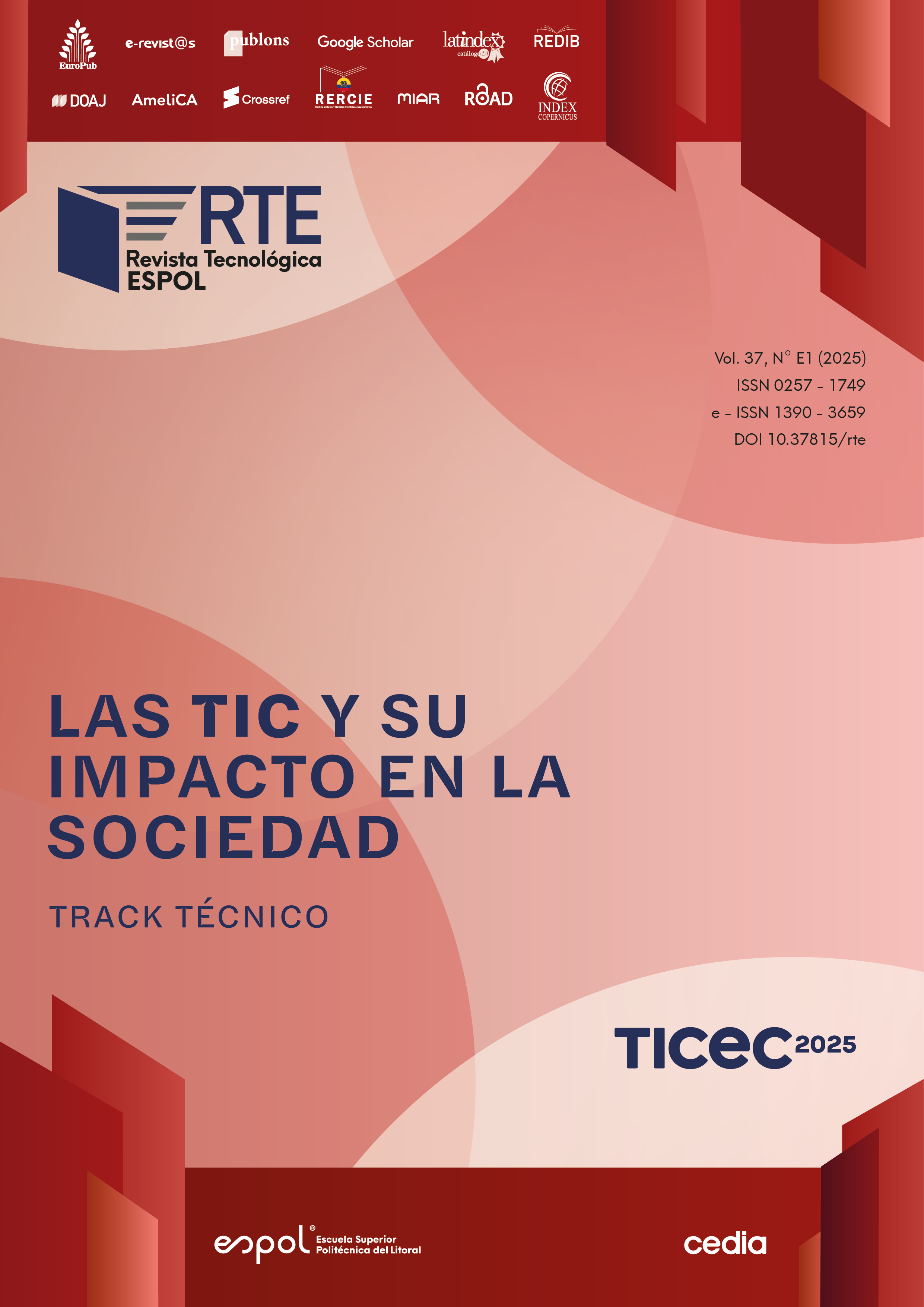Este estudio propone un marco híbrido novedoso para la representación del conocimiento en emergencias, integrando procesamiento del lenguaje natural (PLN), ontologías OWL y reglas SWRL para procesar datos no estructurados del Servicio de Seguridad Integrado de Ecuador (ECU 911). La principal aportación radica en la combinación única de modelos avanzados de PLN como BERT para reconocimiento de entidades nombradas y XLM-RoBERTa para clasificación semántica sin entrenamiento previo, con un modelo ontológico formalmente validado desarrollado en Protégé y una implementación lógica paralela en Prolog utilizando el paradigma objeto-atributo-valor. A diferencia de trabajos anteriores, este enfoque aborda específicamente el reto de transformar las transcripciones crudas de llamadas de emergencia en conocimiento accionable mediante: (1) la automatización de la extracción de entidades (localizaciones, personas) y la categorización semántica de incidentes, (2) la generación de reglas de decisión interpretables a través de árboles de decisión y (3) la habilitación de la interoperabilidad entre paradigmas mediante motores de inferencia sincronizados en OWL/SWRL y Prolog. La validación experimental con consultas SPARQL/SQWRL y el razonador Pellet demostró una precisión del 96.7 % en la inferencia de prioridades de emergencia, como emergencias médicas, superando a métodos independientes basados en PLN o en ontologías. Este trabajo avanza en la inteligencia artificial semántica para la respuesta ante emergencias, al unir el análisis de textos no estructurados con el razonamiento formal, ofreciendo una solución escalable para el apoyo a la toma de decisiones en escenarios críticos.

Esta obra está bajo una licencia internacional Creative Commons Atribución-NoComercial 4.0.
Referencias
Hu, Z., Hou, W., & Liu, X. (2024). Deep learning for named entity recognition: a survey. Neural Computing and Applications, 36(16), 8995-9022. https://doi.org/10.1007/s00521-024-09646-6
Imran, M., Castillo, C., Diaz, F., & Vieweg, S. (2015). Processing Social Media Messages in Mass Emergency. ACM Computing Surveys, 47(4), 1-38. https://doi.org/10.1145/2771588
Keraghel, I., Morbieu, S., & Nadif, M. (2024). Recent Advances in Named Entity Recognition: A Comprehensive Survey and Comparative Study. arXiv preprint arXiv:2401.10825, 1-42.
Le, N. L., Abel, M.-H., & Negre, E. (2024). Recognizing Similar Crises through the Application of Ontology-based Knowledge Mining. arXiv preprint arXiv:2401.03770.
Orellana, M., Cubero Lupercio, J. E., Lima, J. F., García-Montero, P. S., & Zambrano-Martinez, J. L. (2025). Incident Alert Priority Levels Classification in Command and Control Centre Using Word Embedding Techniques. En S. Berrezueta-Guzman, R. Torres, J. L. Zambrano-Martínez, & J. Herrera-Tapia (Eds.), Information and Communication Technologies. TICEC 2024. Communications in Computer and Information Science (1.a ed., Vol. 2273, pp. 238-252). Springer, Cham. https://doi.org/10.1007/978-3-031-75431-9_16
Orellana, M., Molina Pinos, P. A., García-Montero, P. S., & Zambrano-Martinez, J. L. (2025). Pre-processing of the Text of ECU 911 Emergency Calls. En S. Berrezueta-Guzman, R. Torres, J. L. Zambrano-Martinez, & J. Herrera-Tapia (Eds.), Information and Communication Technologies. TICEC 2024. Communications in Computer and Information Science (1.a ed., Vol. 2273, pp. 271-284). Springer, Cham. https://doi.org/10.1007/978-3-031-75431-9_18
Rudra, K., Ghosh, S., Ganguly, N., Goyal, P., & Ghosh, S. (2015). Extracting Situational Information from Microblogs during Disaster Events. Proceedings of the 24th ACM International on Conference on Information and Knowledge Management, 583-592. https://doi.org/10.1145/2806416.2806485
Schreiber, G. (2008). Knowledge Engineering. En Foundations of Artificial Intelligence (Vol. 3, pp. 929-946). Elsevier B.V. https://doi.org/10.1016/S1574-6526(07)03025-8
Shukla, D., Azad, H. K., Abhishek, K., & Shitharth, S. (2023). Disaster management ontology-an ontological approach to disaster management automation. Scientific Reports, 13(1), 8091.
Staab, S., & Studer, R. (2013). Handbook on ontologies (2nd ed.). Springer Science & Business Media.
Thodupunuri, R. K., Edla, K., Thoodi, R. R., Andrasu, M., Kolanu, A. R., & Chethi, S. R. K. (2025). Enhanced Classification of Tweets and Emergency Response using BERT with AdamW Optimizer and NER. International Research Journal of Engineering and Technology, 12(5), 86-95. https://www.irjet.net/archives/V12/i5/IRJET-V12I514.pdf
Young, T., Hazarika, D., Poria, S., & Cambria, E. (2018). Recent Trends in Deep Learning Based Natural Language Processing [Review Article]. IEEE Computational Intelligence Magazine, 13(3), 55-75. https://doi.org/10.1109/MCI.2018.2840738







